Frequently Asked Questions
1. Why is knife safety important in the kitchen?
2. How do I choose the right knife for a task?
3. What are some essential maintenance tips for kitchen knives?
4. What should I do if an accident occurs while using a knife?
5. How can I teach children to be safe with knives in the kitchen?
Chef knives & sets are essential tools in any kitchen, but knowing how to handle them safely is equally as important as selecting the right knife. Whether you're a seasoned chef or just starting out, understanding proper knife safety can prevent accidents and enhance your cooking experience. In this comprehensive guide, we'll explore critical knife safety tips, the ideal ways to handle blades, and practical advice to make your kitchen a safer place.
Understanding the Importance of Knife Safety
Knife safety should never be an afterthought. With the sharp blades of chef knives & sets, one wrong move can lead to serious injuries. Not only are these tools designed to be efficient and precise, but they also require respect and responsibility. Keeping a few core principles in mind will help you utilize your knives effectively while minimizing the risk of accidents.
Essential Knife Safety Tips
Choose the Right Knife for the Job
Using the appropriate chef knife from your knife set is the first step toward safety. Each knife serves a specific purpose, whether it's chopping, dicing, or filleting. Here’s a quick guideline to selecting the right knife:
- Chef's Knife: Versatile for chopping and slicing.
- Paring Knife: Ideal for tasks that require precision, such as peeling or intricate cutting.
- Serrated Knife: Best for cutting bread or delicate foods without crushing them.
- Boning Knife: Perfect for removing bones due to its thin and flexible blade.
Always choose a knife within your chef knives & sets that you feel comfortable with, and never use a knife that you are unfamiliar with or isn't suited for the task at hand.
Maintain Your Knives in Top Condition
A dull knife is more dangerous than a sharp one because it requires more force to cut through food. Keep your chef knives & sets sharp by regularly honing them with a honing steel or a whetstone. Here are some maintenance tips:
- Wipe blades after each use to prevent rust.
- Store knives in a block, sheath, or magnetic strip for safety.
- Avoid dishwashers; hand wash instead to protect the blade.
Regular maintenance not only increases safety but also prolongs the life of your chef knives & sets.
Proper Cutting Techniques
Knowing how to cut safely is crucial. Here are some techniques to follow to ensure you maintain both efficiency and safety while using your knives:
- Use a Cutting Board: Always utilize a stable cutting board to provide a safe and flat surface.
- Grip Your Knife Properly: Hold the handle firmly, and wrap your fingers around it for maximum control.
- Keep Your Fingers Away: Use a claw grip on the food being cut—curl your fingers under while holding the food to keep them out of the blade’s path.
The Rules of Knife Interaction
Know Your Workspace
Ensure your work area is clear and well-lit. Avoid clutter to reduce the risk of accidents. Here are some workspace rules to follow:
- Keep your knives separate from other kitchen tools.
- Ensure your cutting surface is stable and won’t slip.
- Work at a comfortable height to minimize strain.
Focus on What You're Doing
Distractions can lead to accidents. Always pay attention when using a knife. Avoid multitasking while you’re slicing or chopping, as this can divert your focus from the task at hand. Here are some scenarios where concentration is key:
- When cutting hard ingredients—take your time to ensure even slices.
- While handling raw meat—this requires both precision and focus.
- When novices are in the kitchen—be aware of others who may approach while you're using your tools.
What to Do If an Accident Occurs
Despite best efforts, accidents may happen. Knowing how to handle such situations is crucial:
- Stay calm and assess the injury.
- If bleeding, apply pressure with a clean cloth and elevate the injury.
- For serious cuts, seek medical attention immediately.
Incorporating Knife Safety in Daily Cooking
Incorporating knife safety into your daily kitchen activities will help create a safe cooking and food preparation environment. Here are additional practices to integrate:
- Always store your chef knives & sets safely—all blades should be kept in designated spaces when not in use.
- Teach others in your household about proper knife handling techniques to spread awareness.
- Regularly review and refresh knife safety practices, especially if new members join your kitchen team.
Teach and Share Knife Safety
Teaching other kitchen assistants or family members about knife safety is also crucial. The more people understand proper knife handling, the safer your cooking environment will be. Encourage open discussions about safety protocols, and ensure that everyone knows the significance of using chef knives & sets safely.
Special Cases: Children and Knife Safety
If children are involved in the kitchen, it's paramount to instill good habits early on. Here are some tips for ensuring children's safety with knives:
- Supervise them closely while they learn to cut.
- Introduce age-appropriate tools, such as kid-safe knife options.
- Teach them to always ask before using any knife.
Safe Knife Storage Options
Knives can pose a danger if not stored properly. Here are some safe storage options for your chef knives & sets:
- Knife Blocks: Keeps knives sharp and blades covered.
- Magnetic Strips: Offers easy access and visibility while keeping edges safe.
- Sheaths: Protects knife blades when not in use.
Embracing Knife Safety for a Better Cooking Experience
By embracing knife safety and proper handling techniques, you pave the way for a more enjoyable cooking experience. Remember, chef knives & sets are not just tools—they are extensions of your culinary skills. Treat them with the respect they deserve, and in return, they will help you create delicious meals safely and efficiently.
By adhering to these guidelines, you'll feel more confident wielding your chef knives & sets, making food preparation more enjoyable and less hazardous. Implement these tips, and you’ll not only improve your kitchen safety but also enhance your overall culinary skills. Enjoy cooking, slice safely, and unleash your inner chef!






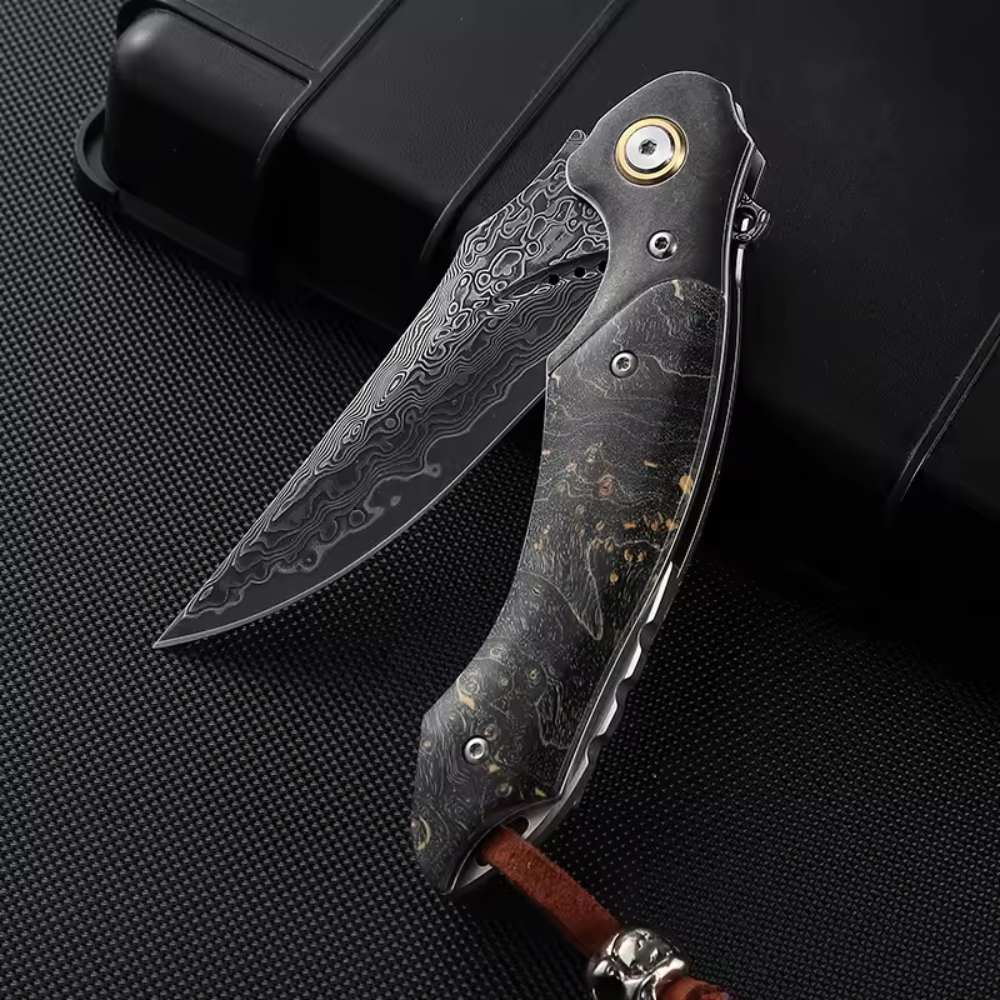
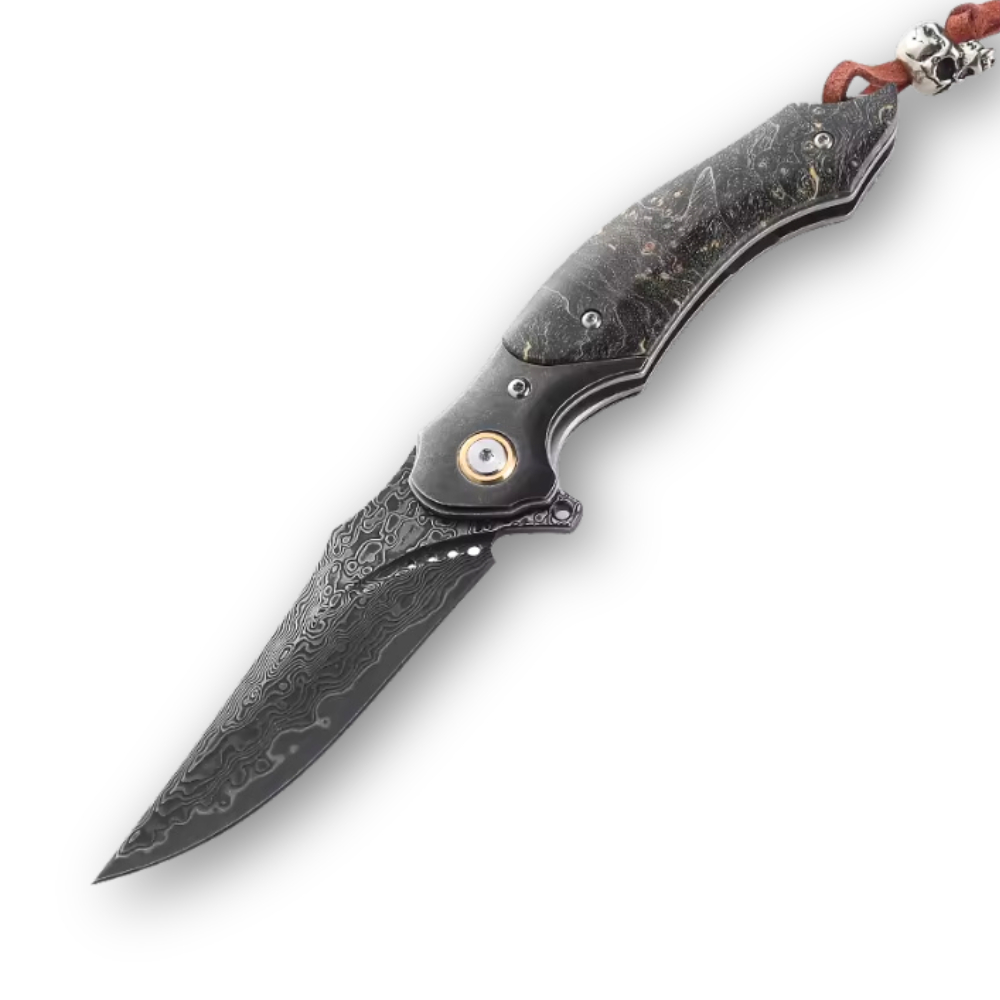
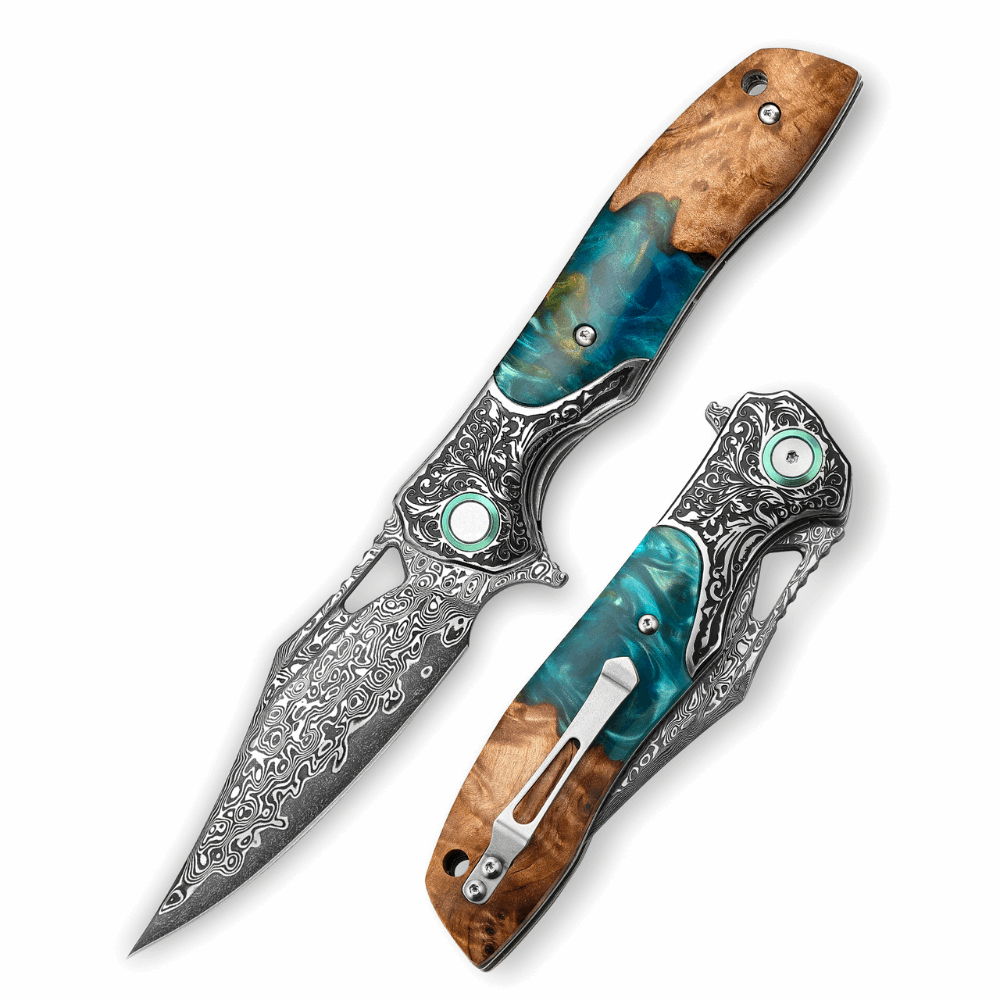
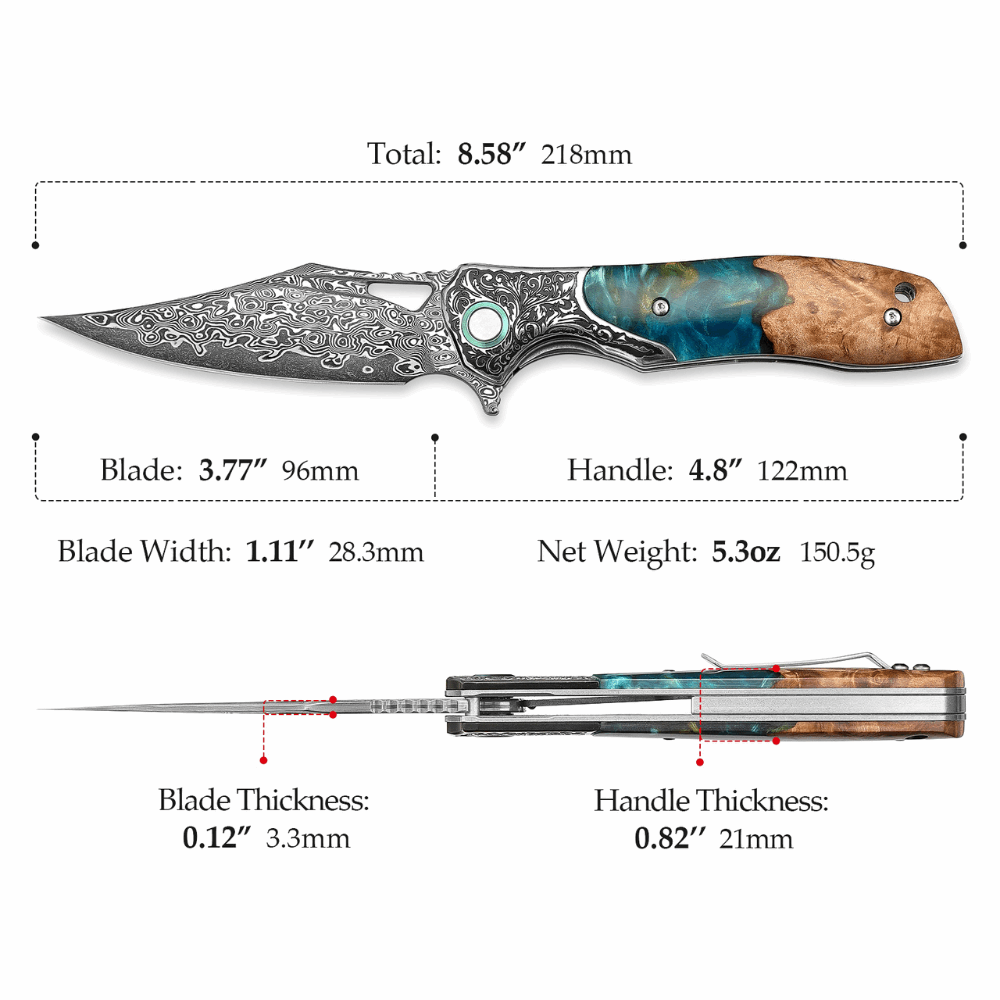
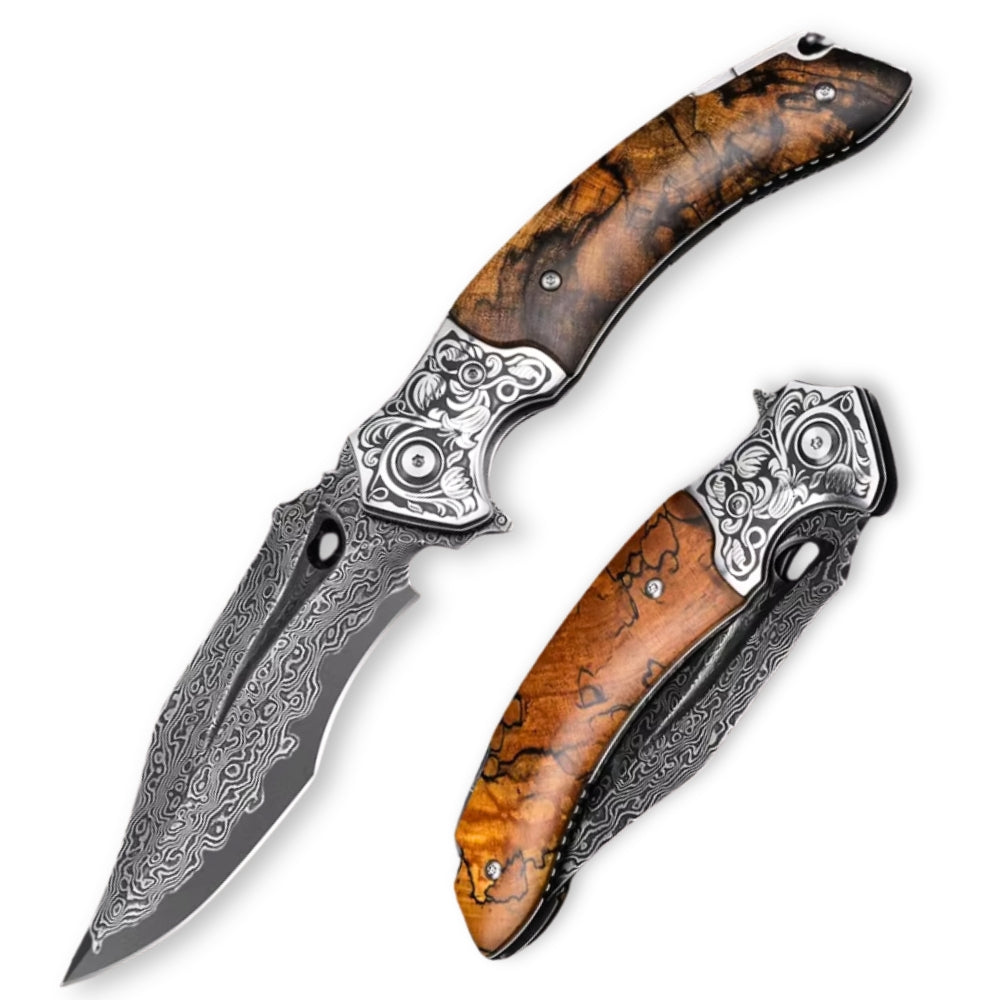
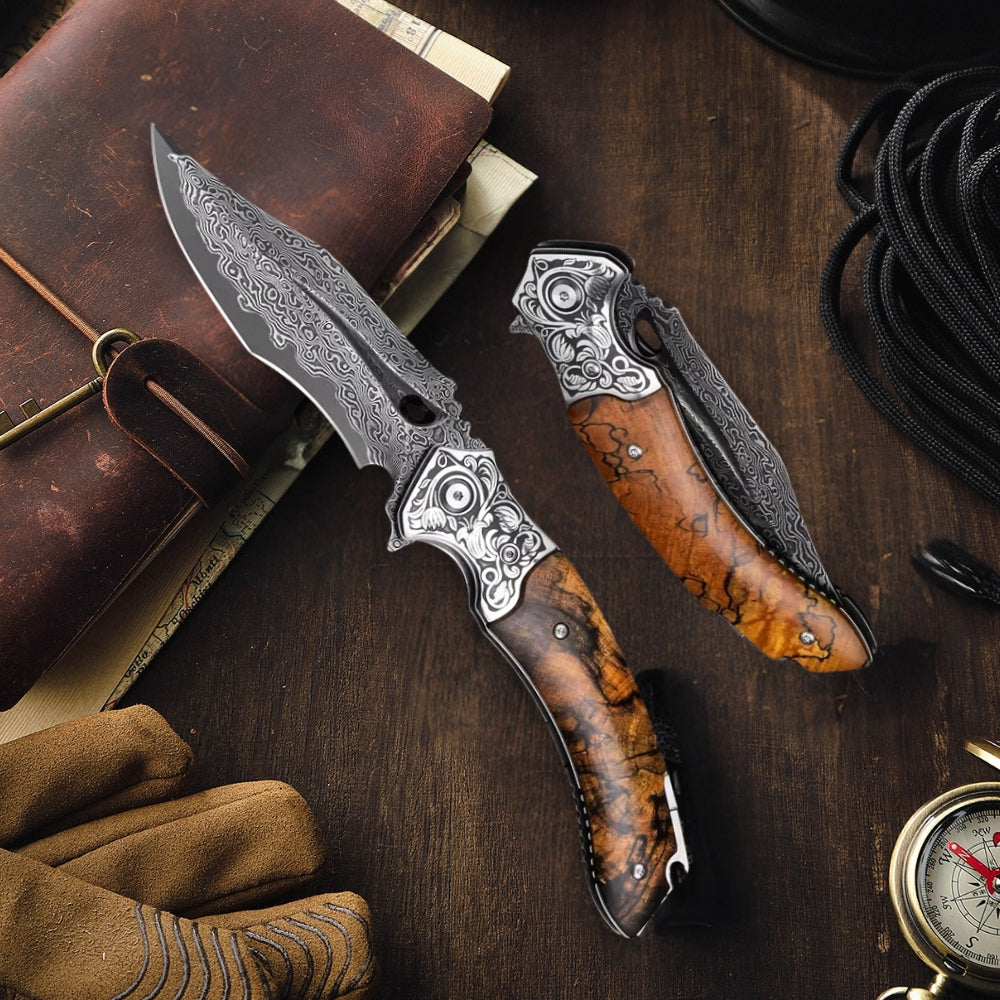
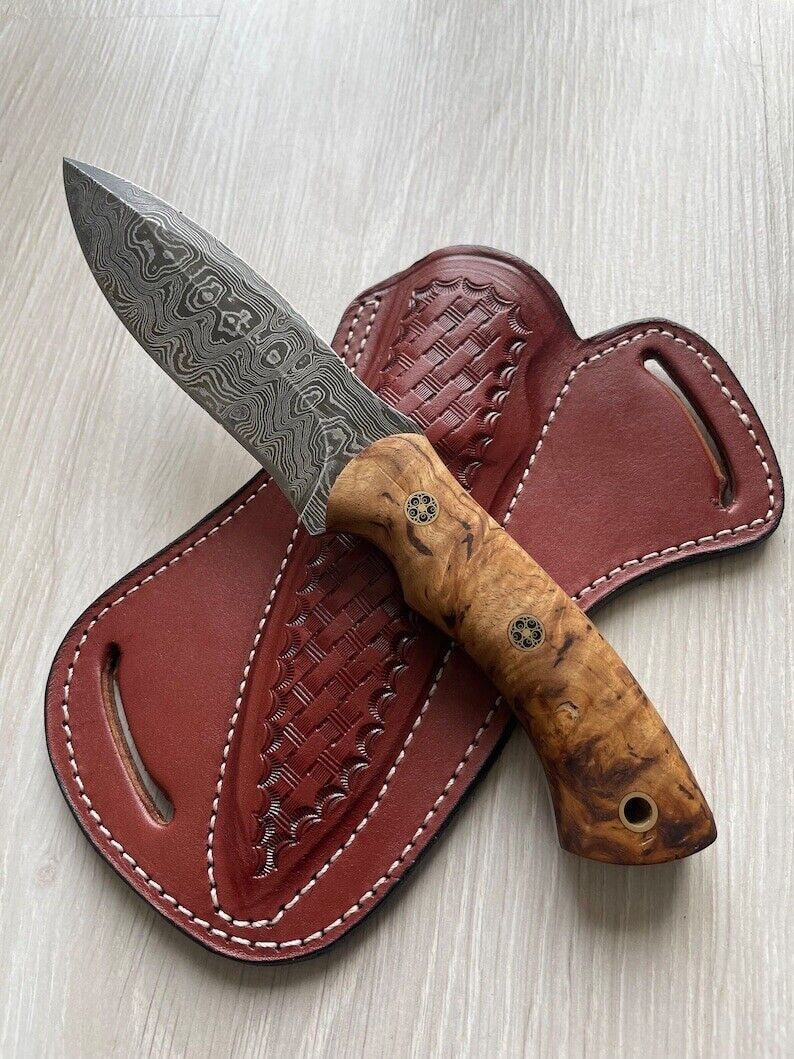
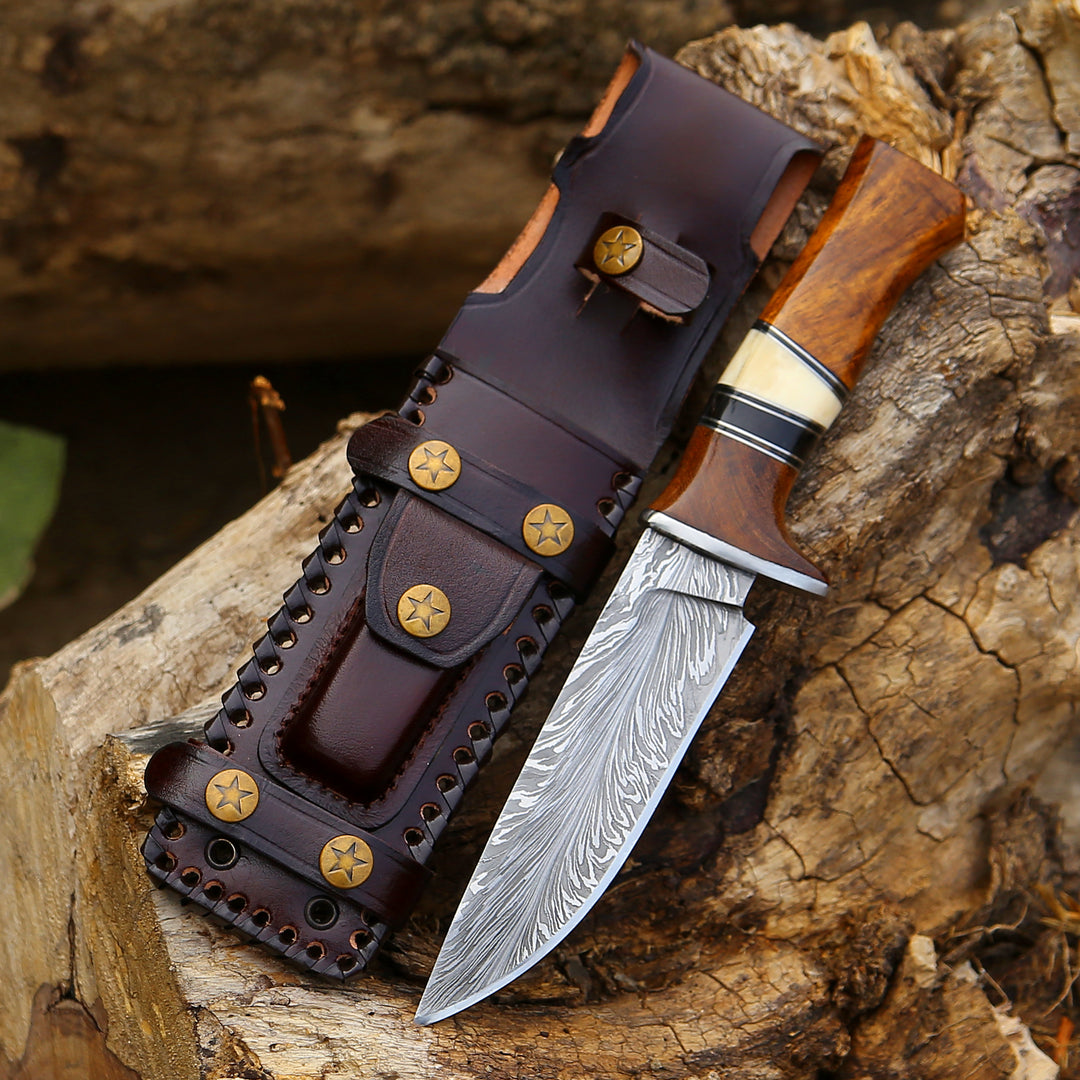
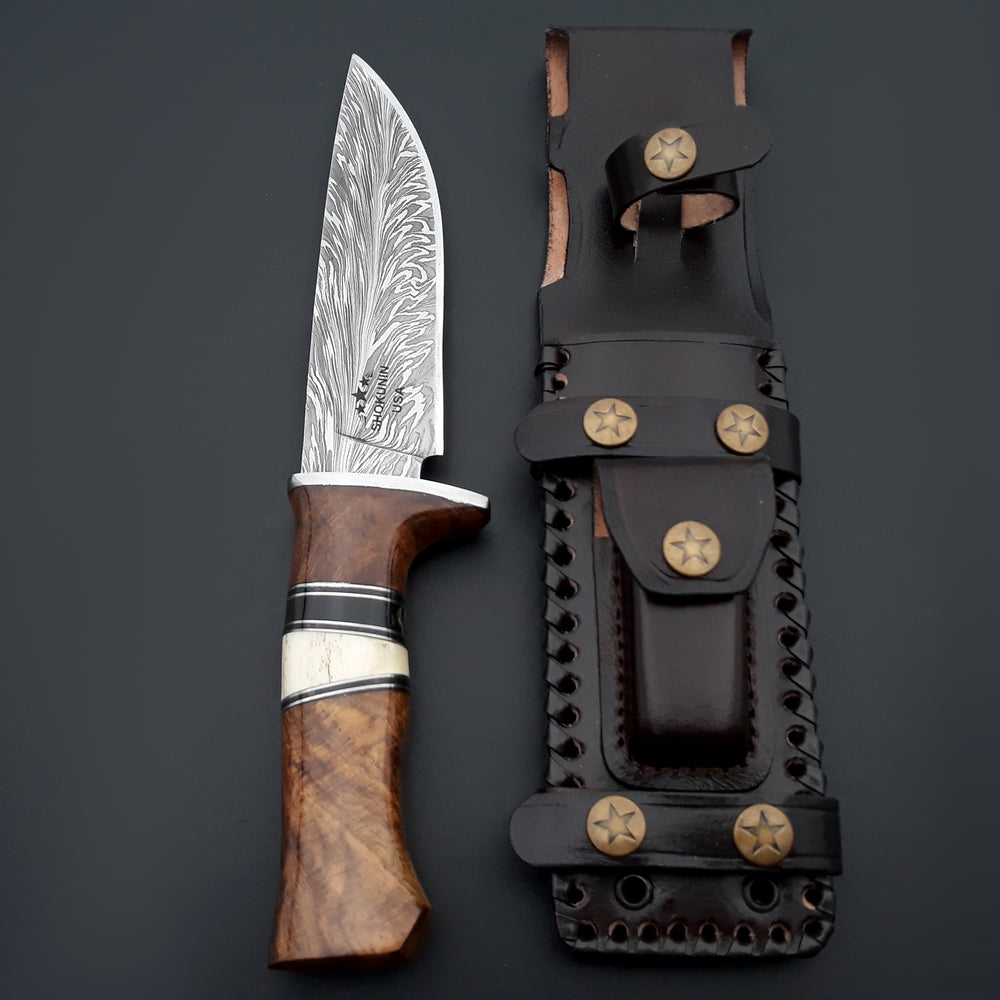
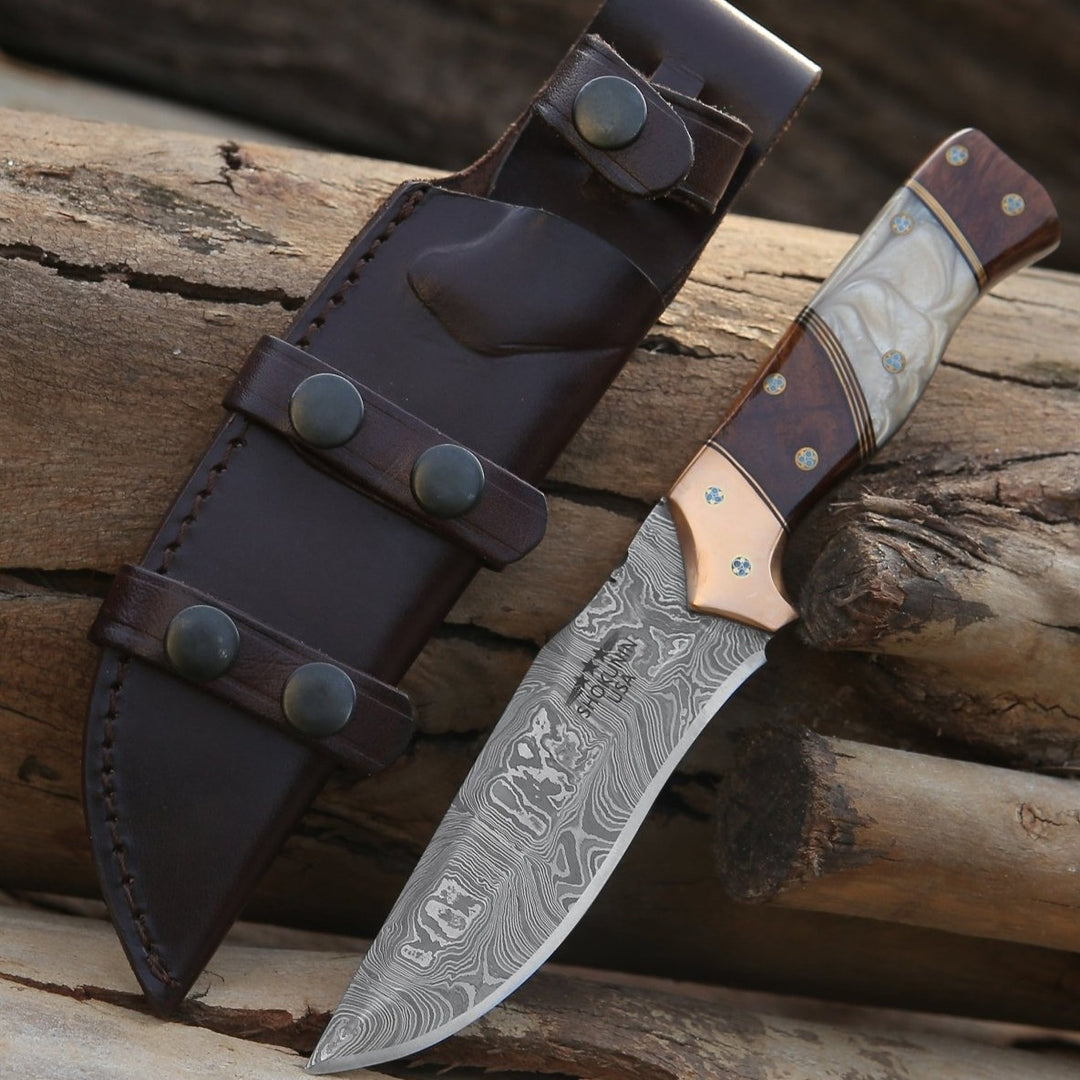
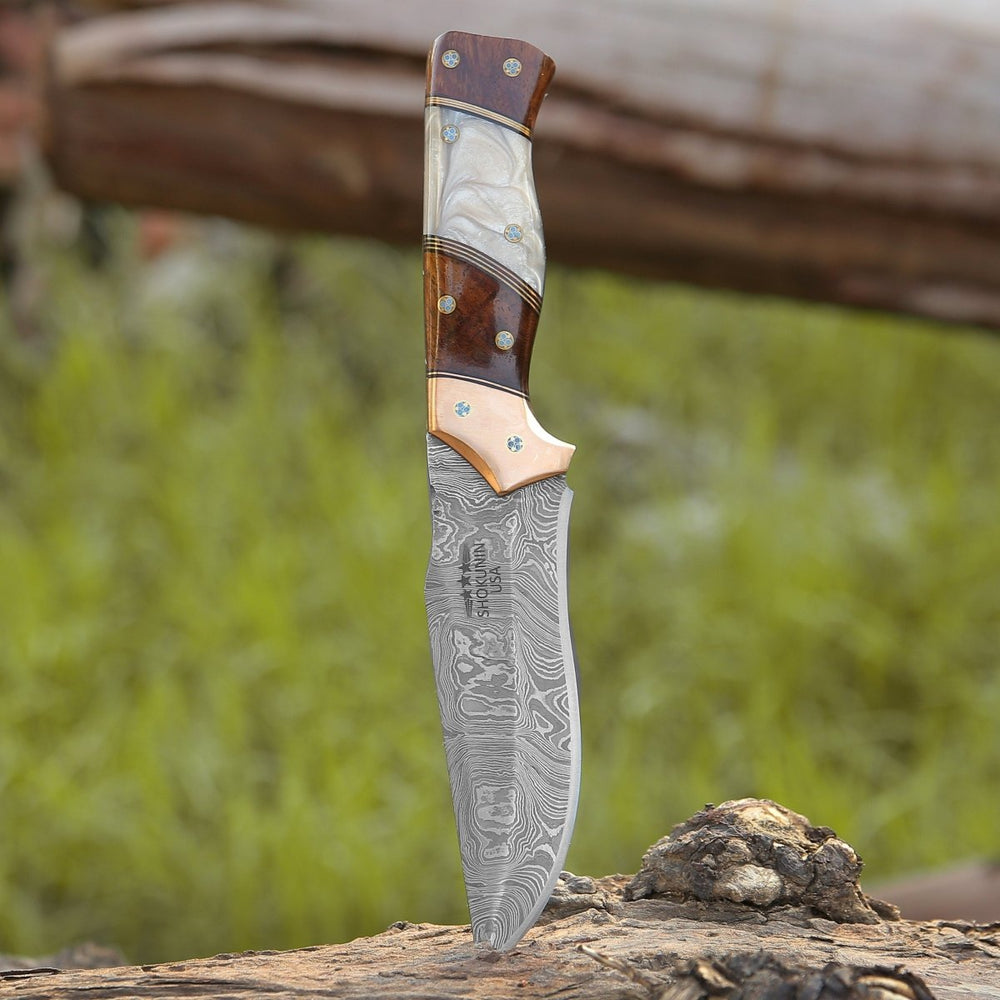
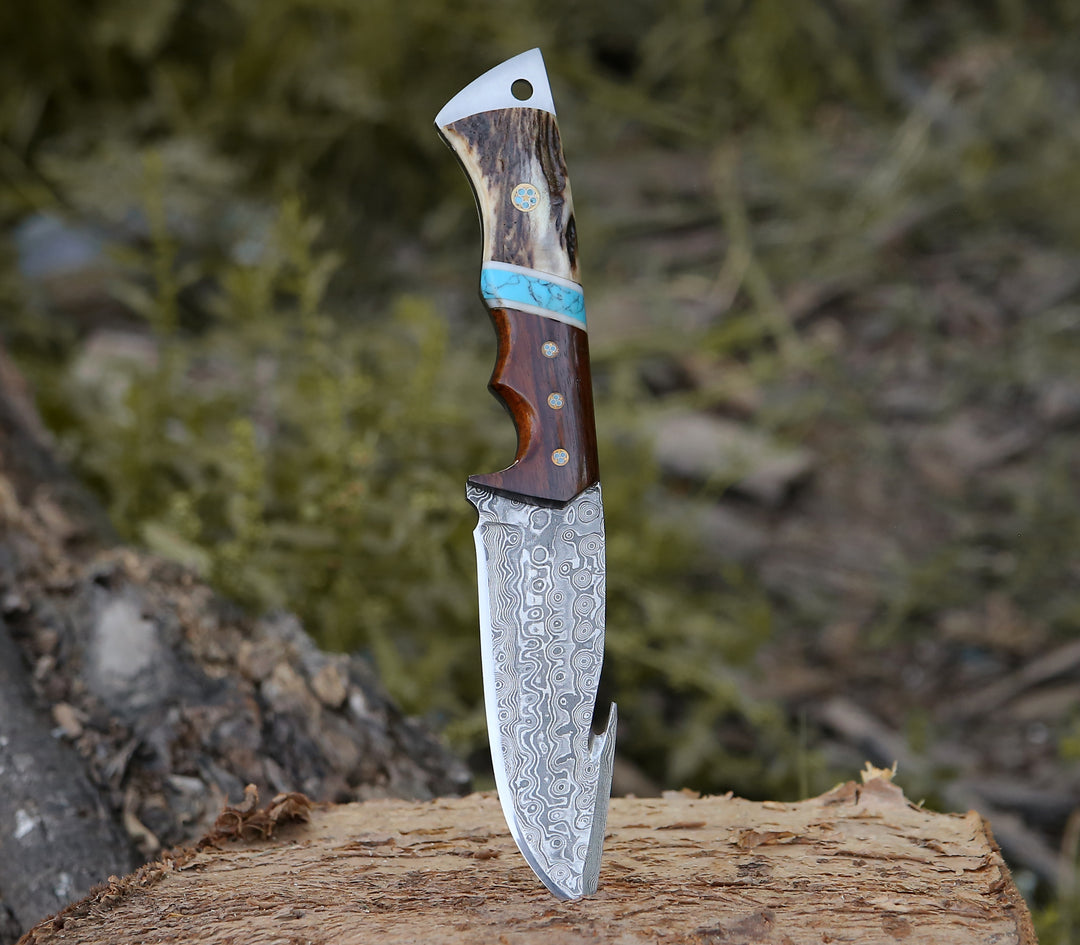
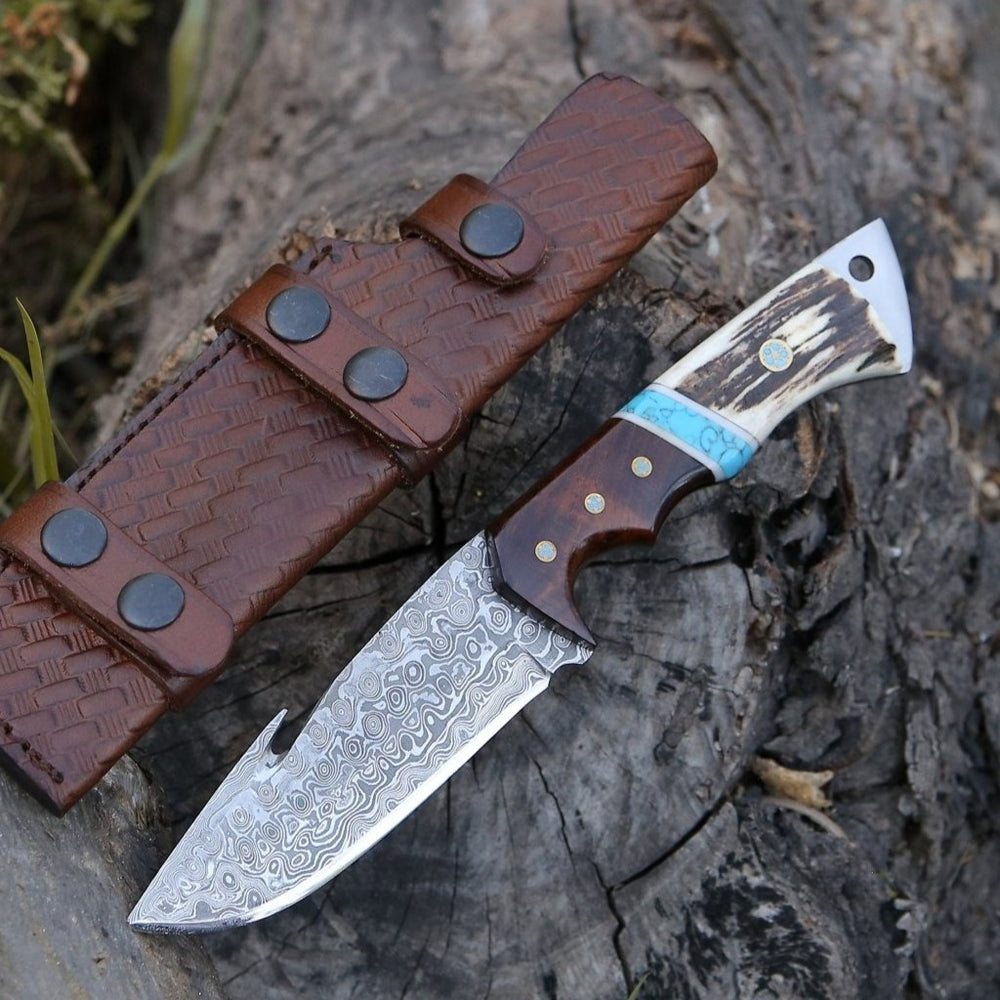
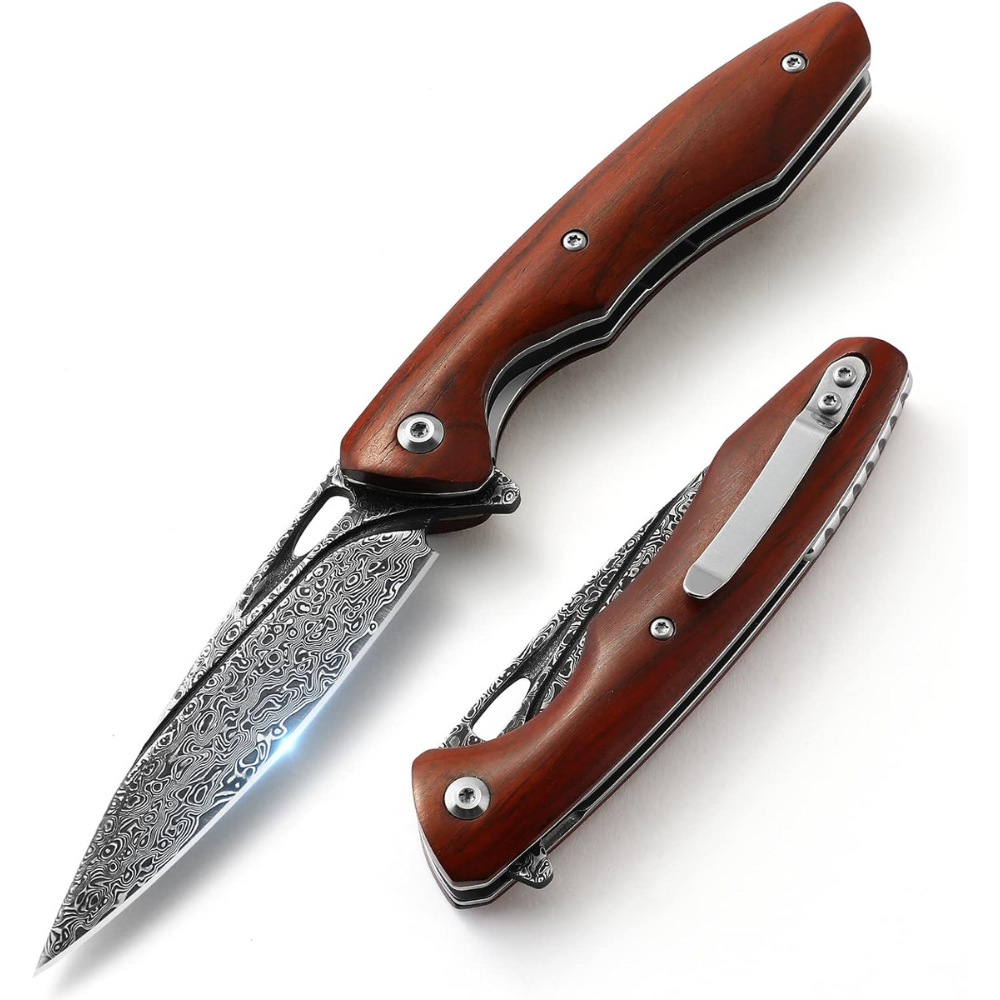
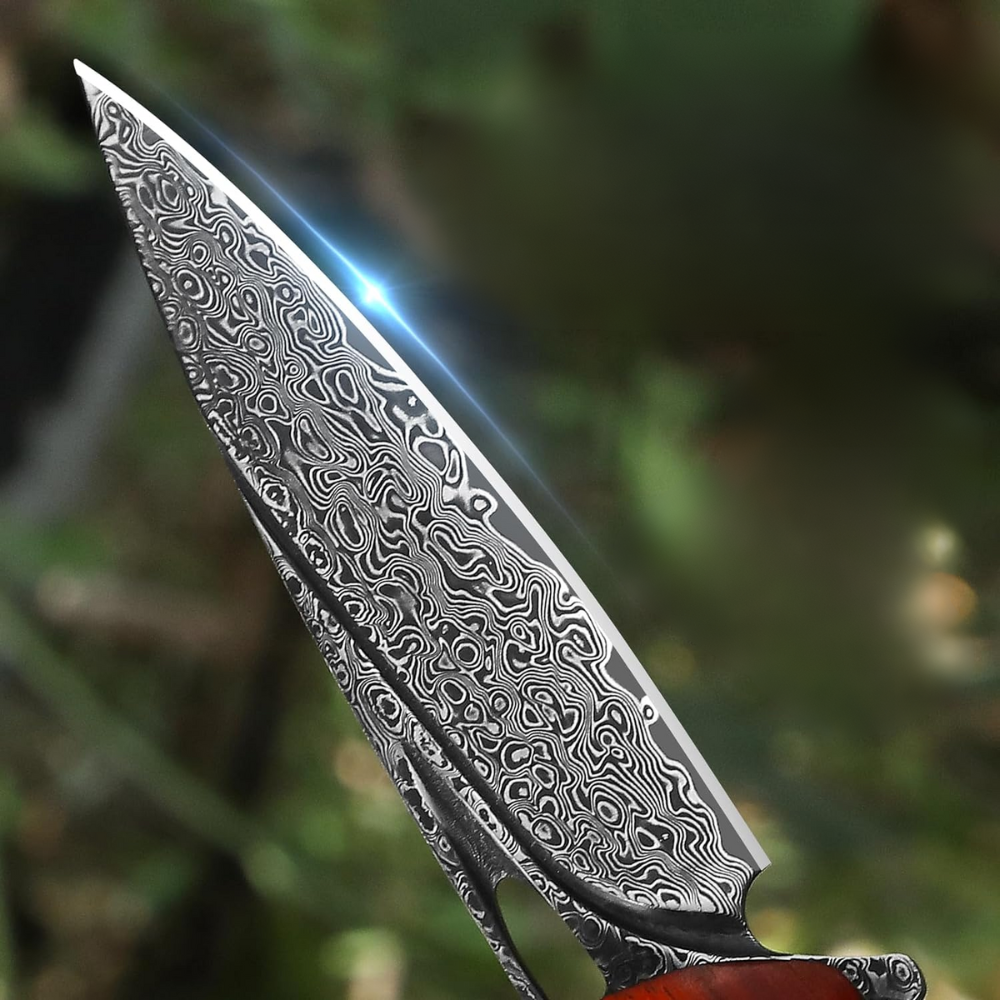
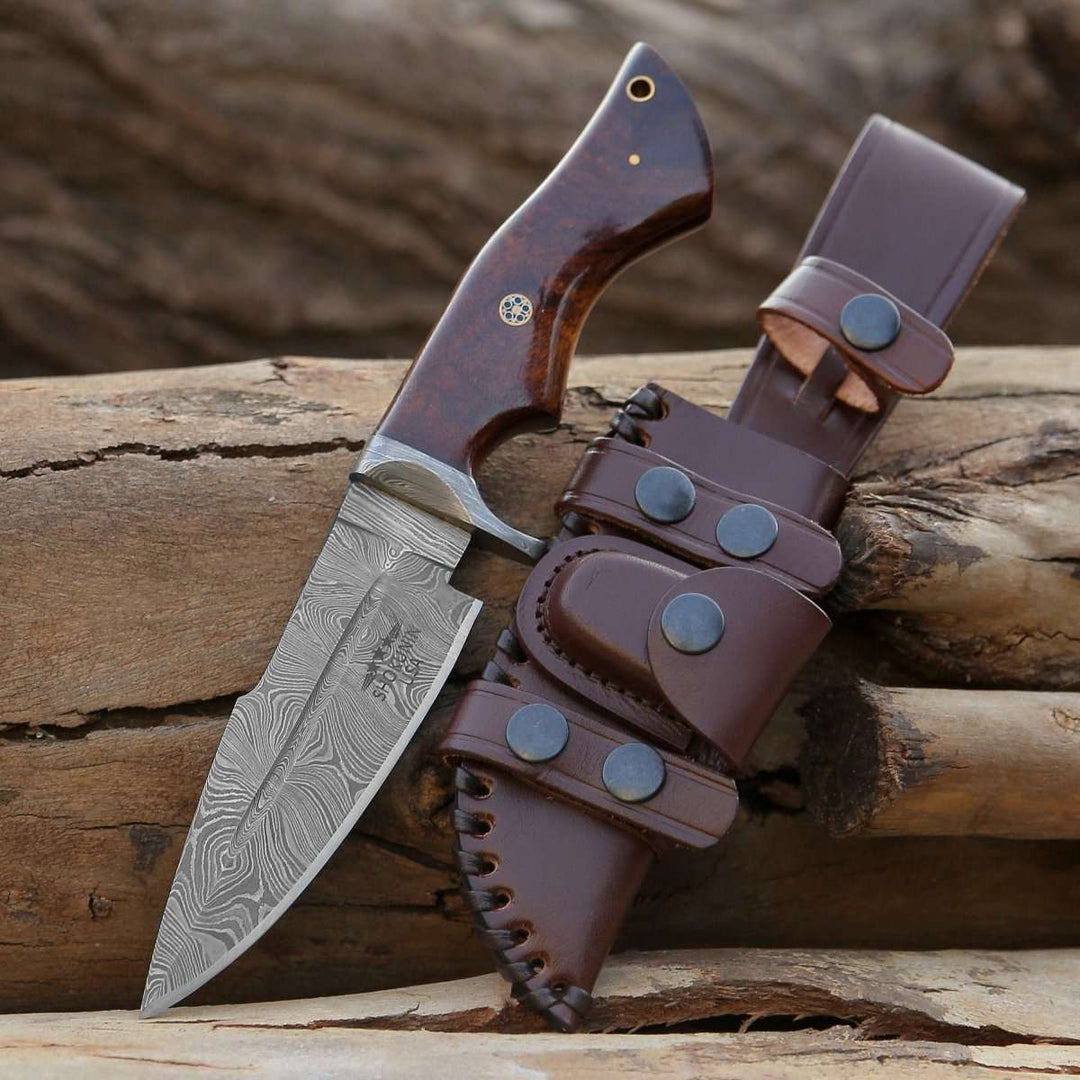
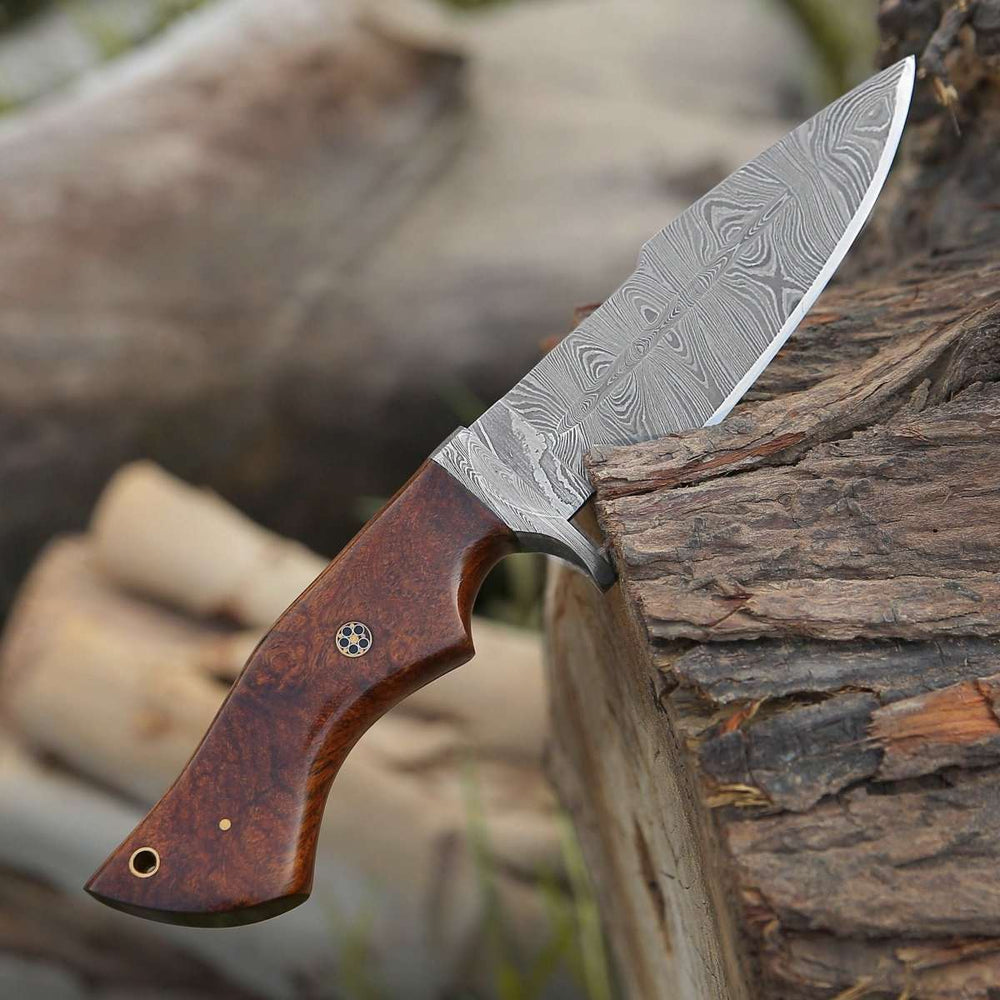
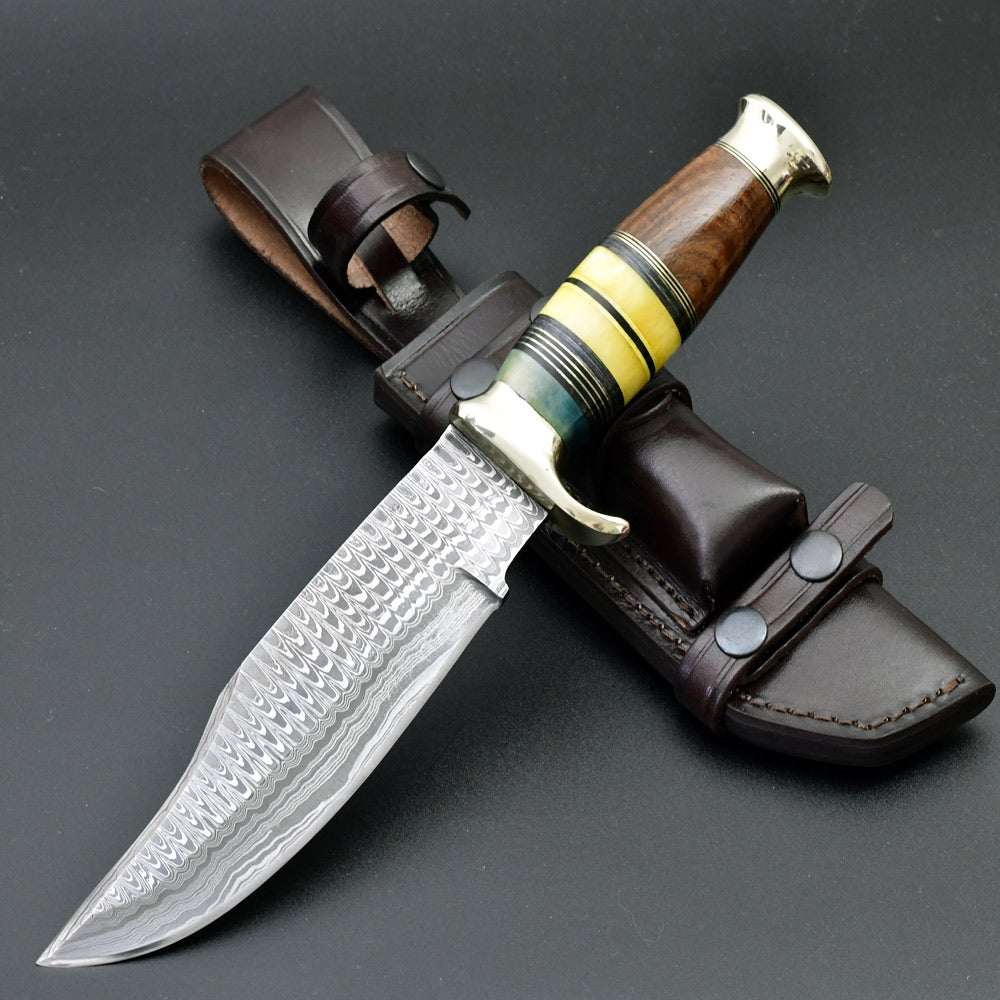
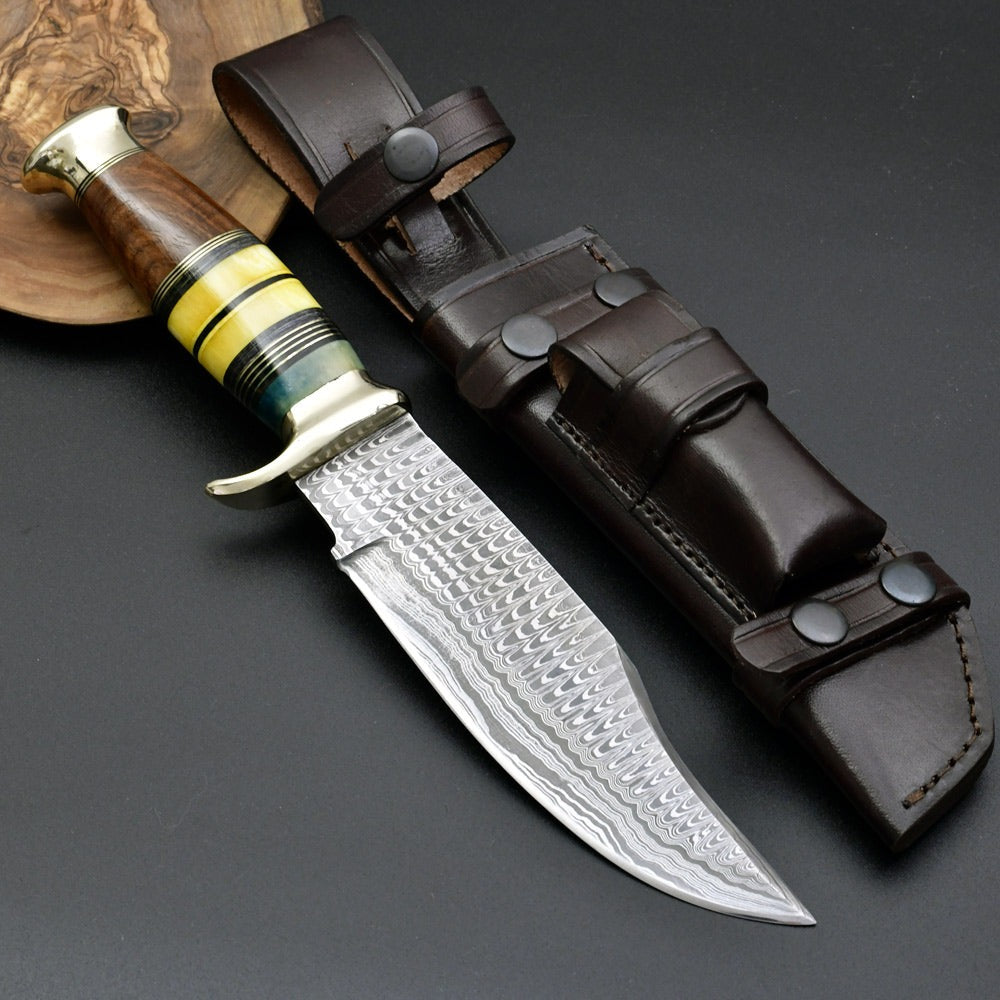
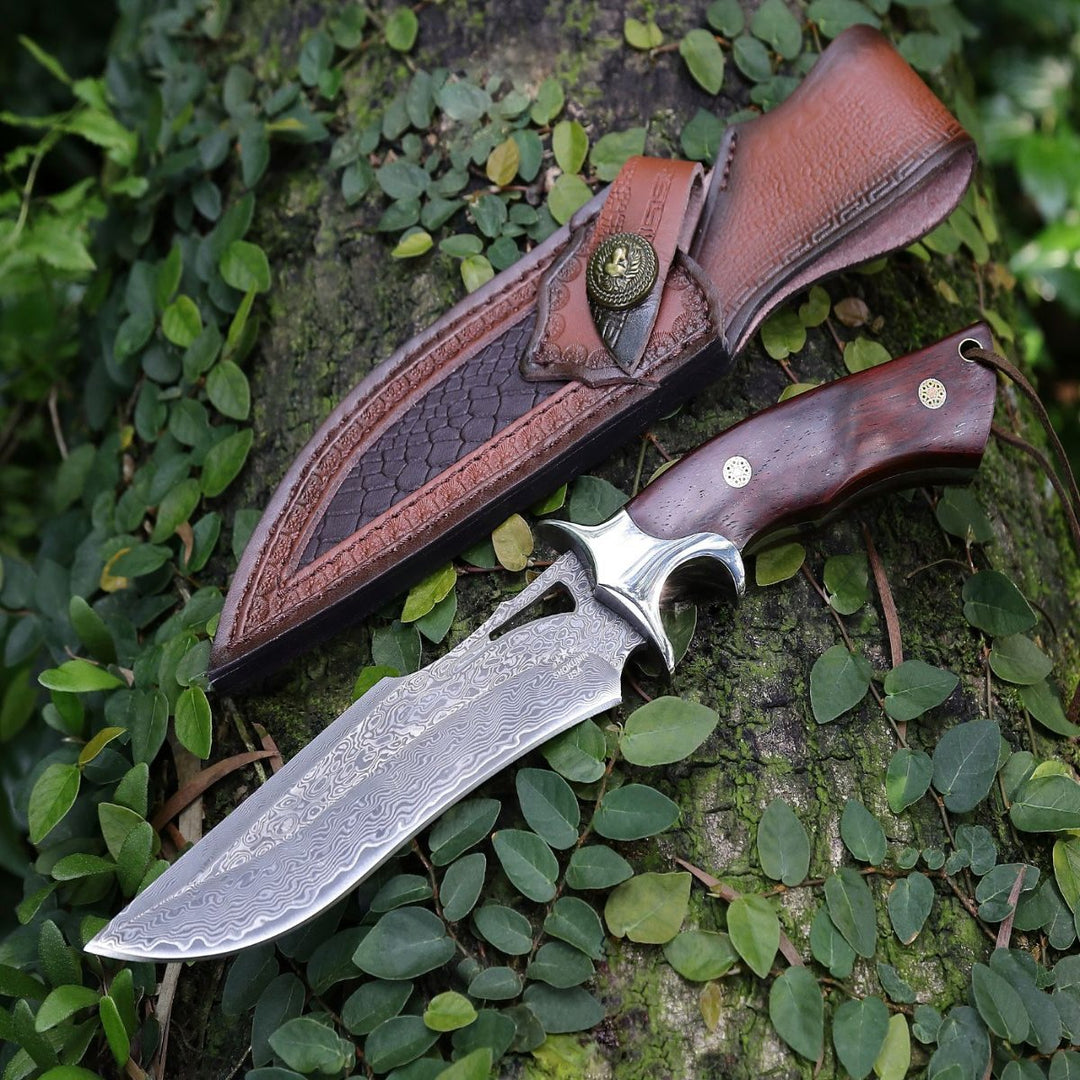
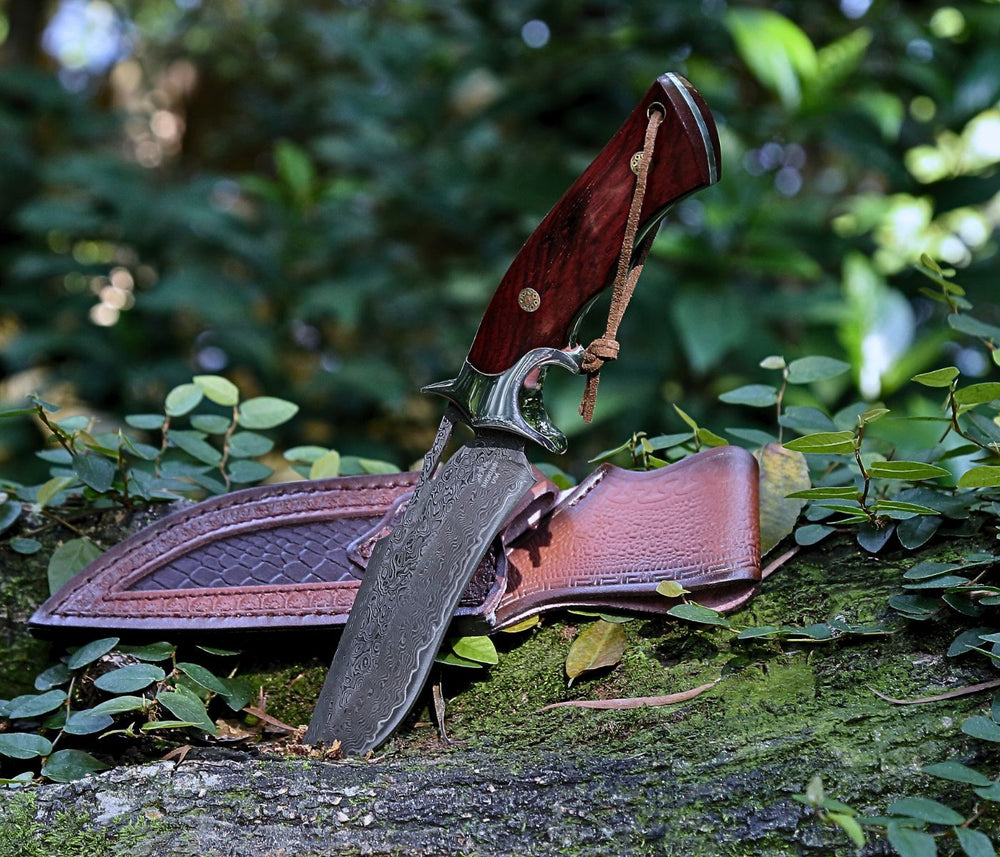
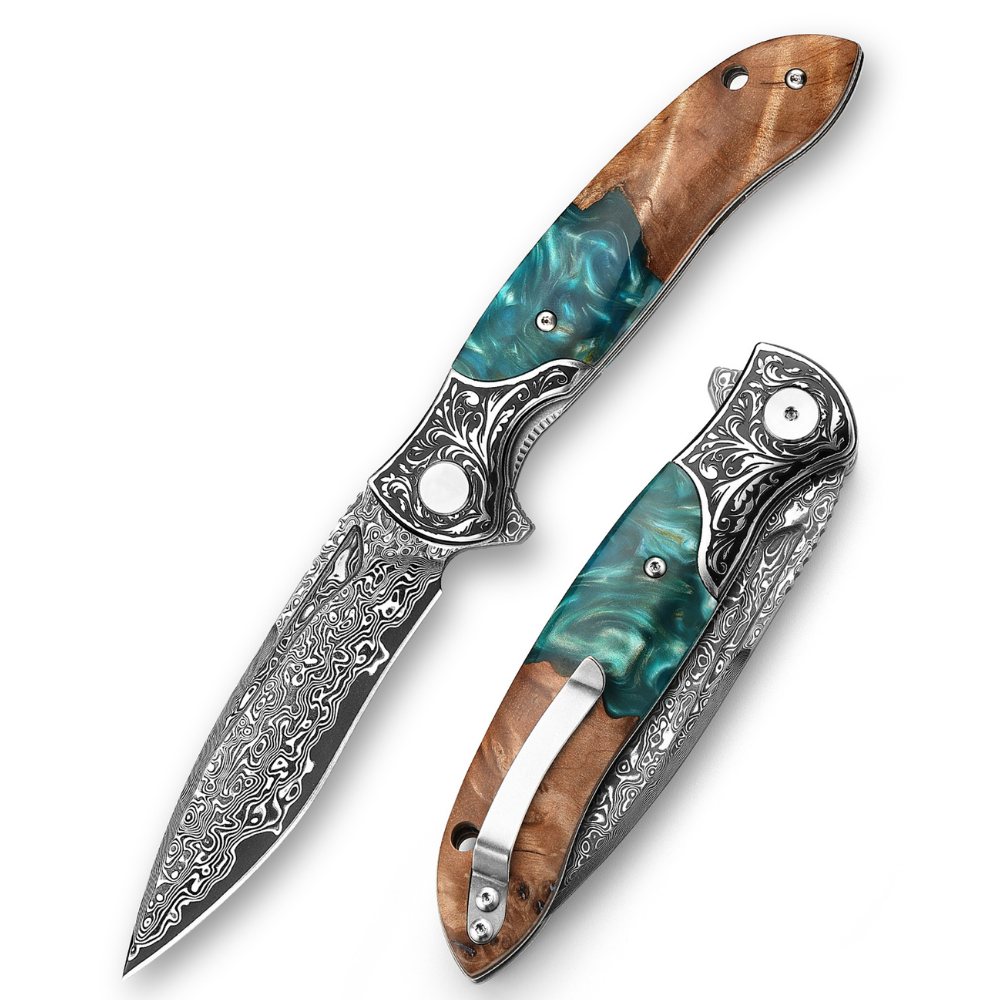
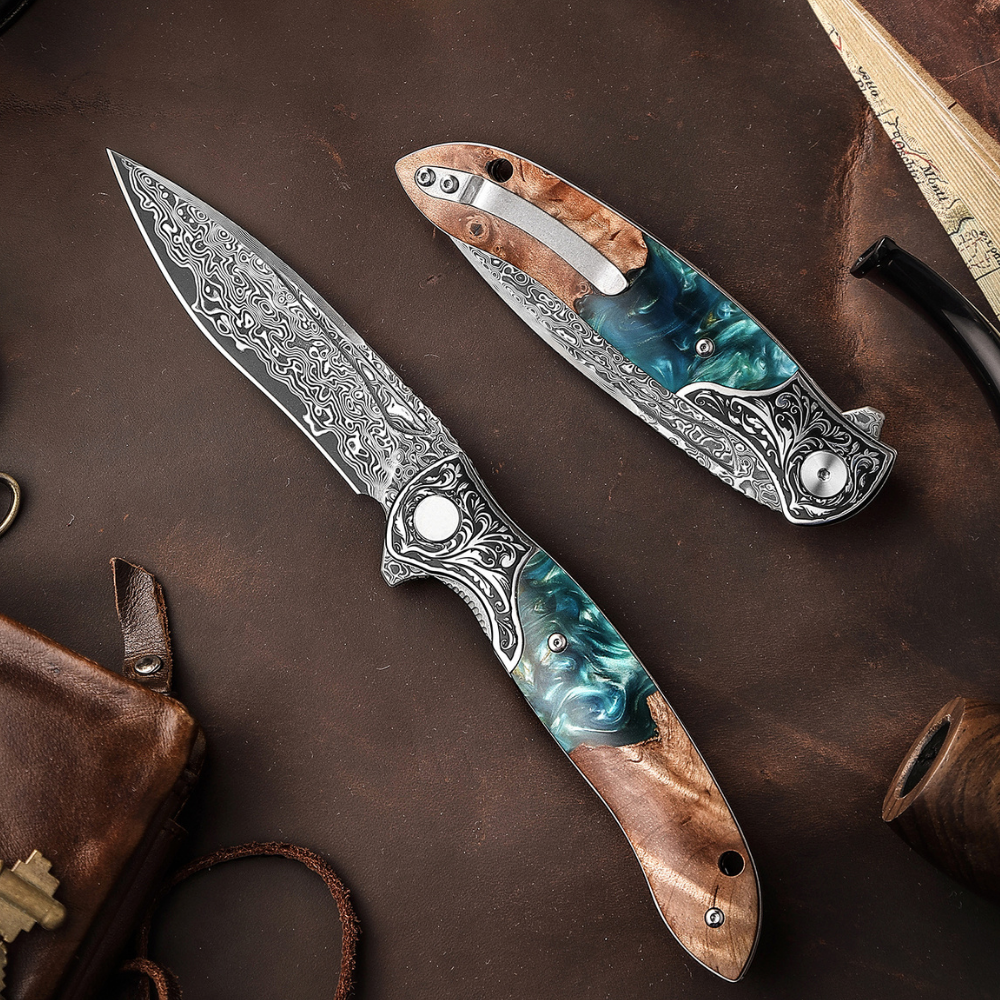
Leave a comment